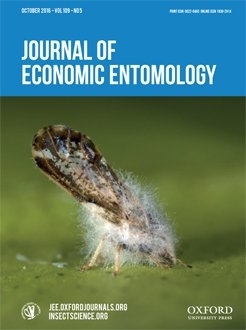CLIMATE CHANGE (1)
ECOTOXICOLOGY (1)
Articles (1)
STORED-PRODUCT (2)
ERRATUM (2)

Does Drought Increase the Risk of Insects Developing Behavioral Resistance to Systemic Insecticides?
